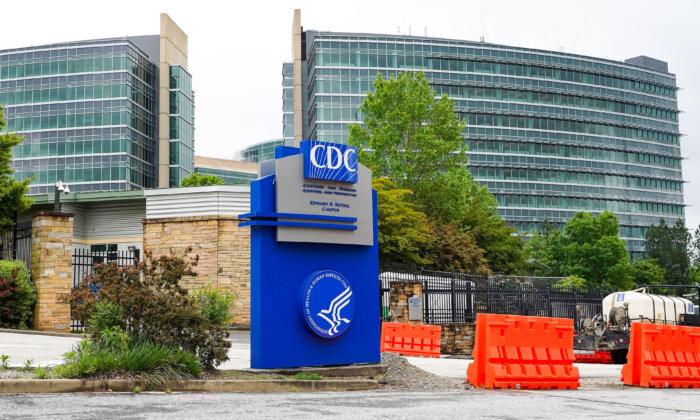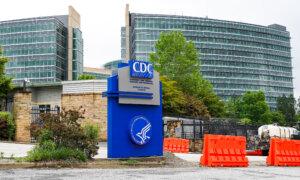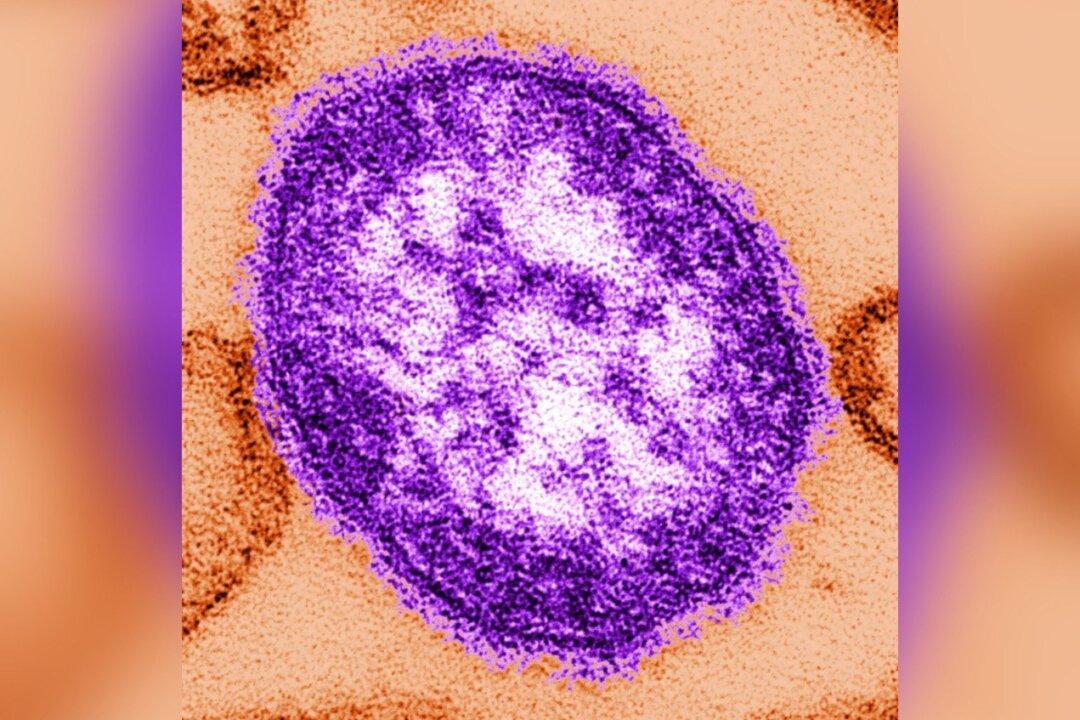The U.S. Centers for Disease Control and Prevention (CDC) on Tuesday responded to questions regarding a rash of mysterious pneumonia cases that emerged recently in China, which sparked statements from the World Health Organization and a top U.S. official.
Last week, an alert was sent out via the ProMed global outbreak surveillance system regarding the respiratory illnesses in China, which appear to mainly impact children. The alerts sparked concerns that a new, novel respiratory infection might be spreading in the country, drawing comparisons to the initial spread of COVID-19 near Wuhan.
A spokeswoman for the CDC, Jasmine Reed, told The Epoch Times on Tuesday the federal health agency is “in touch with local health authorities and its country office in China.”
“Initial reports indicate that there have been simultaneous increases in a number of known respiratory illnesses, resulting in a spike in hospitalizations,” the statement continued to say. “We continue to monitor the situation, collaborating with global health partners.”
The U.N. health body, which also has faced criticism for a lack of transparency in how it handled COVID-19, said it requested more “epidemiologic and clinical information” along with laboratory results from the infected children.
The WHO’s statement called on Chinese people to wear masks and utilize social distancing measures, which were prominent during the early stages of COVID-19.
Over the weekend, the Chinese health ministry directed local officials to increase the number of fever clinics amid the surge in respiratory illnesses, while a spokesperson for the ministry, Mi Fen, told media outlets that the surge could be attributed to the circulation of multiple kinds of pathogens.
“Efforts should be made to increase the number of relevant clinics and treatment areas, appropriately extend service hours and strengthen guarantees of drug supplies,” the official told a news conference.
“Full cooperation with the international community is not an option, it’s a public health imperative. Will Beijing step up?” he added on social media platform X.
Outside of Mr. Emanuel’s remark on social media last week, few U.S. officials, if any, have made public comments on the recent outbreak in China.
Other Governments Wary
Across Asia, multiple governments have taken action and are bracing for the Chinese outbreak to spread further.Reports have indicated that the governments of India, Nepal, Taiwan, and Thailand have ramped up disease surveillance, telling doctors to be on alert for pneumonia cases.

As for Nepal, officials in the Himalayan nation said no agency has alerted them to a mysterious pneumonia outbreak inside China. But they said they’re aware of the reports and the WHO request to Chinese officials.
Another Nepalese official, meanwhile, said that the country has to “step up the surveillance in the country and keep close vigilance on new developments about the outbreaks in China,” adding that state labs “should closely monitor the situation if the virus is causing a rise in infection rate.”







